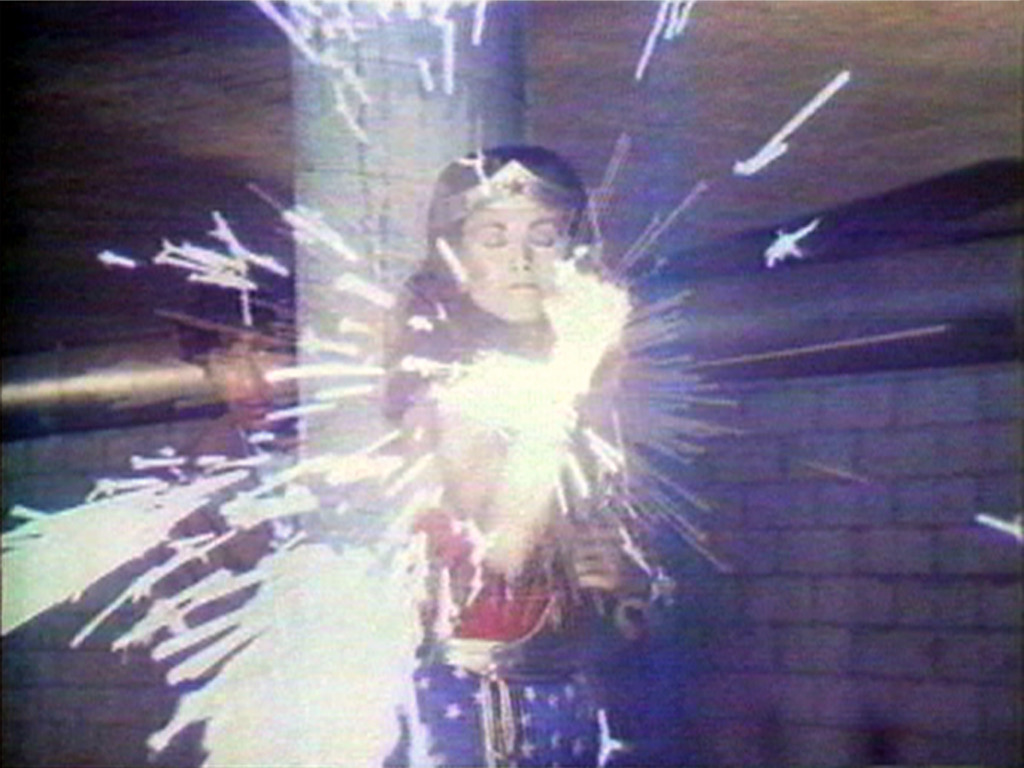
A century ago, artists Picasso and Braque began experimenting with collage. Instead of sketching each element onto their canvases, the pair added actual pieces of newspaper and wallpaper, taking the real world and integrating it into their art. “It changes the picture plane, it changes ideas about realism, it changes everything,” explains Bruce Grenville, co-curator of MashUp: The Birth of Modern Culture, an exhibition tracing the art movement now known as “mashup”: think collage, assemblage, remix, or montage. “That moment was the starting point for the exhibition,” says Grenville. The ambitious show—which is the product of a collaboration among over 30 contributing curators—covers four floors of the Vancouver Art Galley, examining the way mashup art evolved as new technologies arose, culminating with the digital culture we live in today.
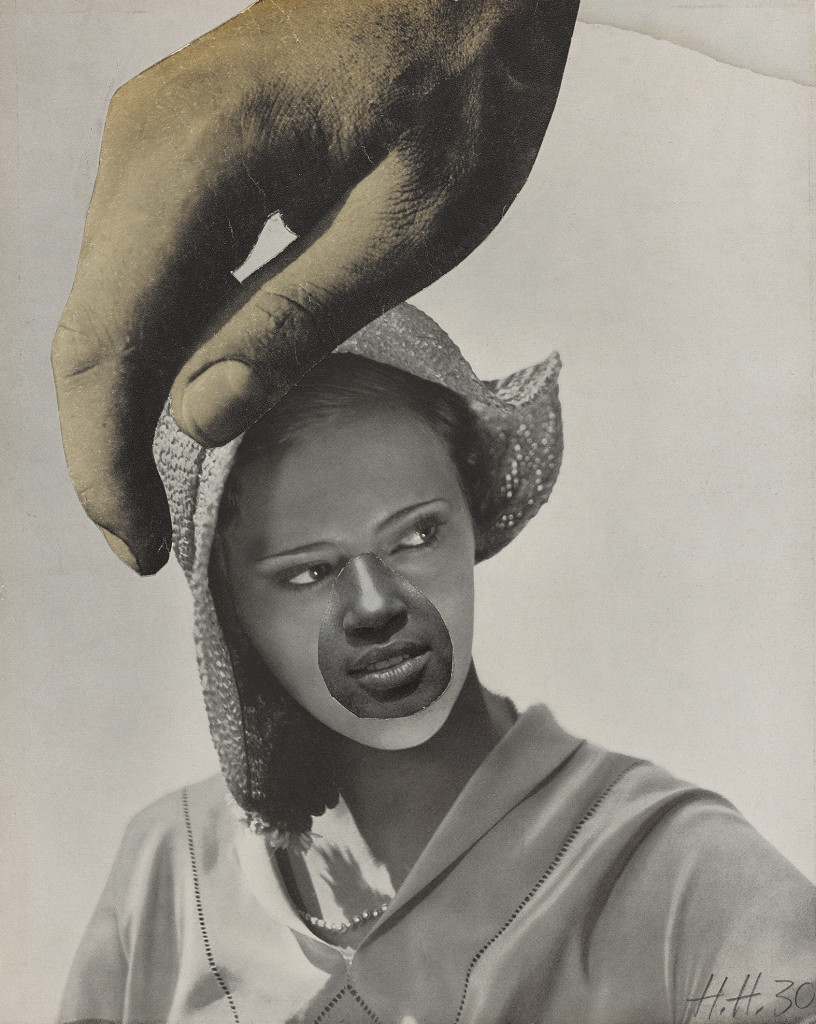
Here, curator Bruce Grenville discusses the mashup movement, the collaboration process and what he hopes viewers will learn from the show.
On the birth of the MashUp exhibit…
We come to talking about trying to describe something we saw around us… What was the surprise within the field of design was that [design] had basically taken over everything. So every aspect of our life was design. There had been a fundamental shift from nature to design, and how did that really manifest? It was a manifesto. We’ve continued and worked in different kinds of ways: looking at what we call visual culture, which includes design, architecture, and the visual arts, of course, and performance, and really everything.
On the scope of the exhibit…
So when we looked at doing this mashup show, we started to look back in time and saw that something really happened about 100 years ago that changed the way we think about art and the way that we think about the world. That something could be tied to a very specific moment: when Picasso and Braque are working together in 1912, 1913 and 1914 and they make these collages… That’s the starting point for the exhibition, and really, it traces a path through the 20th century and into the 21st century in four distinct parts. It’s this history of change, whether you call it quotation or appropriation or sampling or dub. There’s a million names for it, but really it all can be tied together under this one term that we call “mashup.”
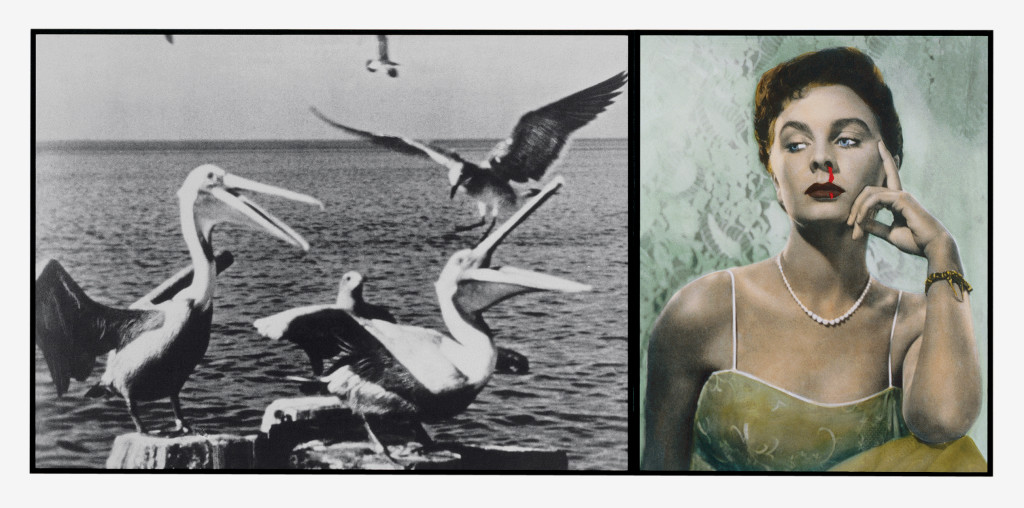
On “mashup” art…
Whether you look at art, architecture, design, film or painting, or whatever, you see this one-thing-next-to-another element that is really the basis of mashup. So, that’s my short answer. Mashup is about interrupting those boundaries and breaking those boundaries and twisting them in different ways so that it really goes back to the heart of something.
On a highlight from the show…
There was some early composite photography, and these early Victorian photo collages which were done in the 1860s into the ’70s by Victorian women. They [took] those cards that they used to give out to each other as they visited each other. They would have a photo on them…and they would take those and cut out the figures and then insert them into these watercolours. So they made watercolours around the images that are quite fantastical. They look like they’re literally from Alice in Wonderland; they’re so extraordinary.
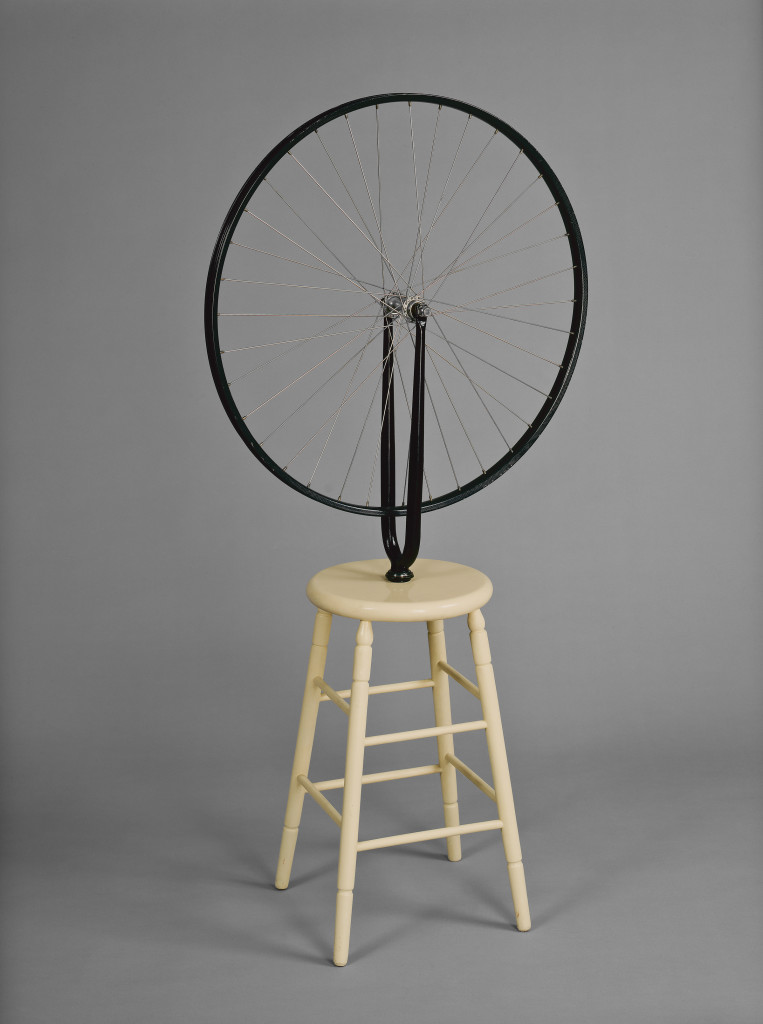
On shifting technology…
We sort of make this argument that the major changes in technology—whether it was photography, which is a radical shift in what’s possible, or mass-produced consumer goods, or new media and video tape, or then the shift of the digital—all seemed quite different, and yet there is some constant within [the art]. What is the same, and what I see as sort of the one thing that is consistent throughout, is—it’s so simple that it’s really kind of dumb— that there’s one thing next to another. That’s what mashup is about. It’s about bringing one thing next to another without it being ground into one homogenous form or one autonomous form or one unified form. They stay together apart, and that’s the most extraordinary thing about successful mashup work… Like why am I looking at something as banal as a piece of paper next to a drawn line next to a piece of a newspaper, and yet somehow they evoke something that’s really rich.
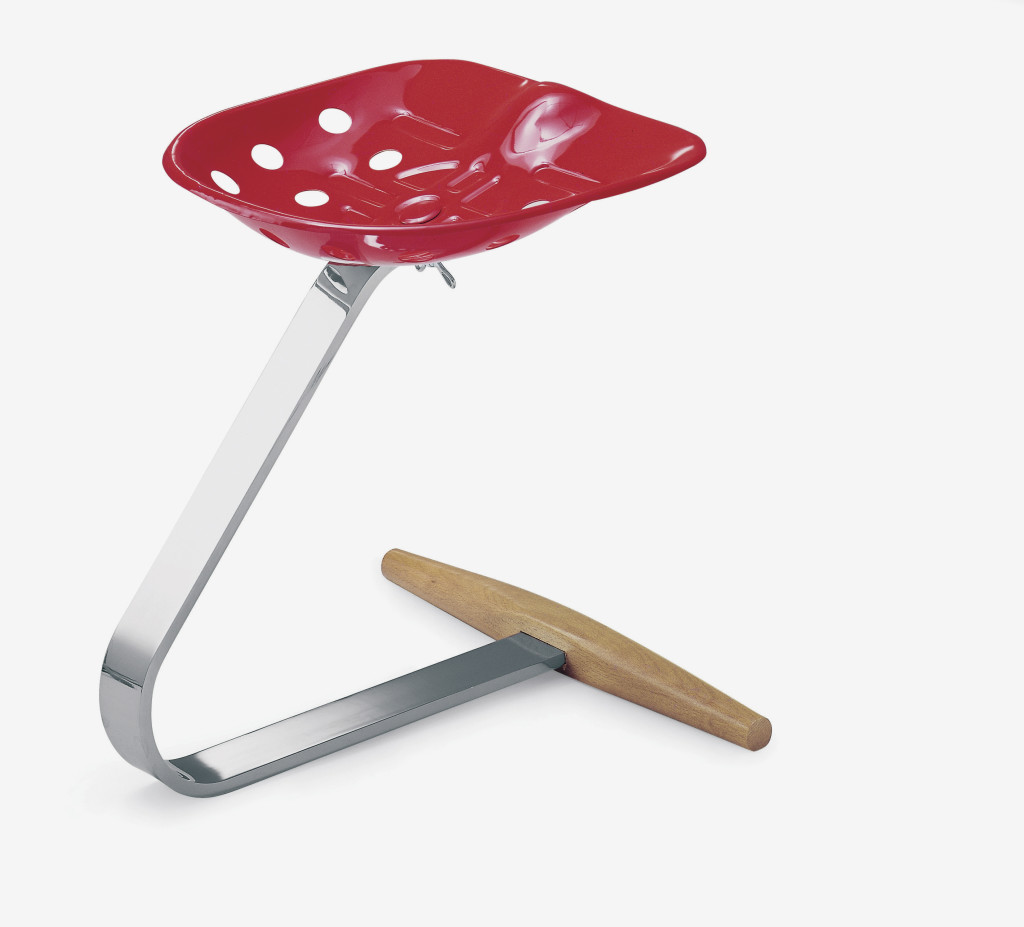
On working as a team of curators…
It was hugely satisfying. What we wanted to do from the very beginning was to work as a team. We really wanted a mashup of ideas, and really model the curatorial thinking around the same methodology [as the exhibit]… That’s the only way you can produce that kind of complexity—to have many minds working together to bring it into some kind of shape and configuration.
On what he hopes viewers will learn…
Visual culture is what surrounds us. So, any time you pick up the incredible device in your pocket and it takes pictures and manipulates them and sends them around the world and does all these things…the visual is so much a part of how we move through the world, in a way that it wasn’t 100 years ago… You have an opportunity and a responsibility, in many ways, to think about visual culture and be literate in it, and to understand how images work and how they both influence us and how they create extraordinary representations of things we otherwise wouldn’t be able to bring to other people.
MashUp: The Birth of Modern Culture is on view until May 15, 2016 at the Vancouver Art Gallery.
